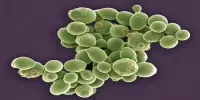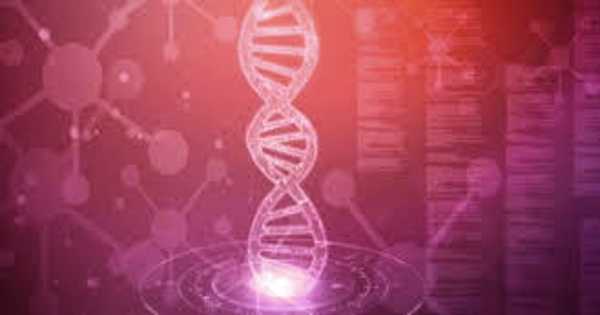Cyanobacteria, also known as Cyanobacteriota, are a phylum of autotrophic gram-negative bacteria that can generate biological energy through photosynthesis. These are photosynthetic bacteria that are among the earliest known creatures on Earth. The term ‘cyanobacteria’ is derived from the Ancient Greek word κύανoς (kúanos) ‘blue’, which is also the foundation for the colloquial moniker ‘blue-green algae’, even though they are not formally classed as such. They appear to have originated in either freshwater or terrestrial environments.
As primary producers, these bacteria turn sunlight into energy through photosynthesis and create oxygen as a byproduct. They can also fix atmospheric nitrogen, which is essential for the nitrogen cycle and the fertility of soils and aquatic ecosystems.
They are also known as blue-green algae due to their blue-green coloring and ability to photosynthesize like plants. Cyanobacteria can be found in a variety of ecosystems, including freshwater, marine habitats, and even extreme situations like hot springs and the polar regions.
Cyanobacteria are likely the most populous taxon to have ever existed on Earth, as well as the first known organisms to create oxygen. Cyanobacteria are thought to have converted the early oxygen-poor, reducing atmosphere into an oxidizing one by producing and releasing oxygen as a byproduct of photosynthesis, resulting in the Great Oxidation Event and the “rusting of the Earth,” which dramatically altered the composition of life forms on Earth.
Here are some key points about cyanobacteria:
- Photosynthesis: Cyanobacteria are capable of photosynthesis, using sunlight to convert carbon dioxide and water into organic compounds while releasing oxygen as a byproduct. This ability makes them important primary producers in many ecosystems.
- Habitats: These can be found in a wide range of habitats including freshwater, marine environments, terrestrial soils, and even extreme environments such as hot springs and deserts. Some species can also form symbiotic relationships with plants, fungi, or animals.
- Cell Structure: These are prokaryotic organisms, meaning they lack a membrane-bound nucleus and other membrane-bound organelles. They typically have a cell wall made of peptidoglycan and possess thylakoid membranes where photosynthesis takes place.
- Toxic Blooms: Under certain conditions such as nutrient enrichment (eutrophication), warm temperatures, and calm water, cyanobacteria can undergo rapid growth and form large, visible colonies known as blooms. Some cyanobacteria species produce toxins that can be harmful to humans, animals, and ecosystems, leading to water quality issues and health concerns.
- Nitrogen Fixation: Many cyanobacteria are capable of nitrogen fixation, which converts atmospheric nitrogen into ammonia or other nitrogen-containing molecules that plants and other organisms may utilize. This ability to “fix” nitrogen is critical for fertilising ecosystems and agricultural soils.
Cyanobacteria provide important ecological benefits, but they can also produce harmful algal blooms (HABs) under specific conditions. HABs can create poisons that are hazardous to other species, including humans and animals, causing ecological disruptions and economic losses.
Cyanobacteria research is ongoing, with the goal of better understanding their core biology and ecological roles, as well as developing ways for regulating and minimizing the negative consequences of algal blooms.
















